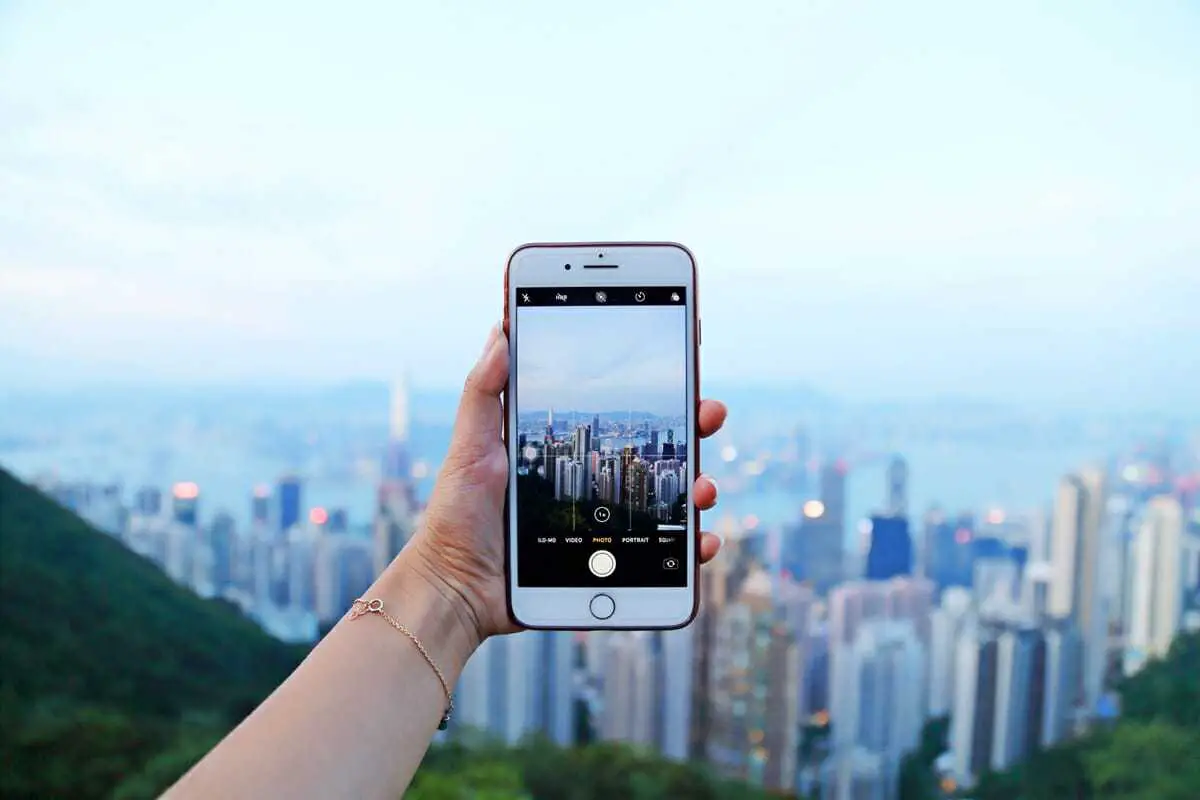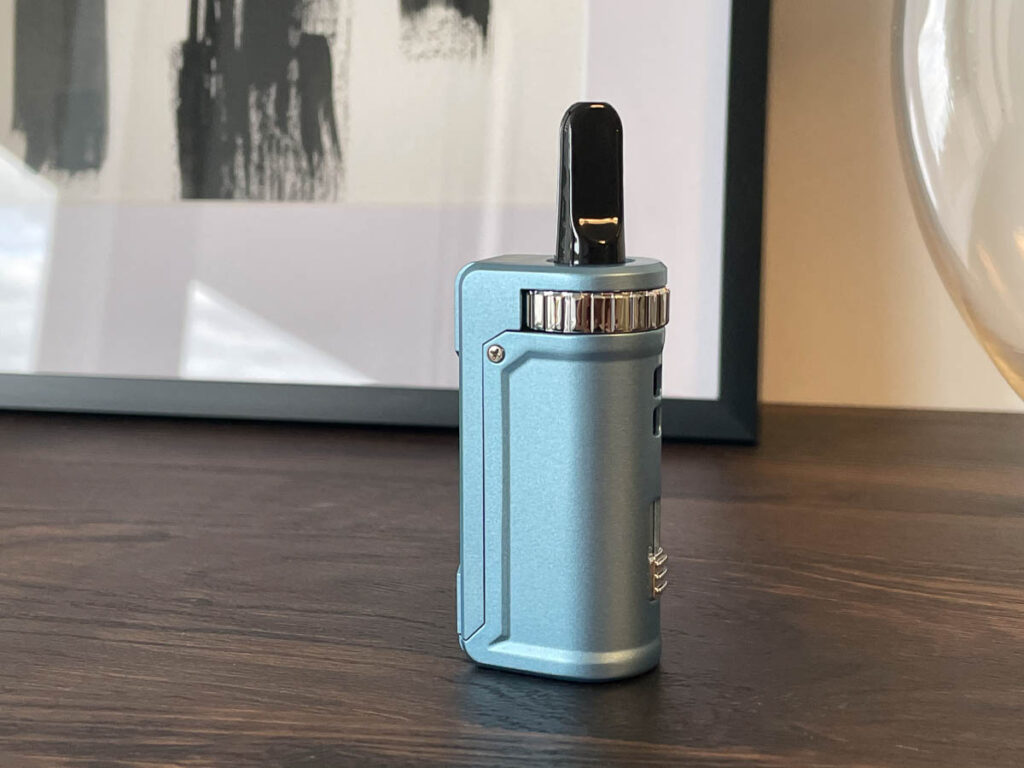
Once upon a time, only the wealthy could afford to take photographs, with the high costs of equipment, film, and developing services. However, as the digital revolution progressed and smartphones gained camera capabilities, photography became accessible to a wider audience. Nowadays, anybody can take stunning photographs; most phones have cameras that easily outperform digital cameras from even a few years ago.
Shoot from a Variety of Angles
One of the nicest things about smartphone photography is that you can snap as many images as you like, and there is no need to print them out to view the results. Learning from your mistakes and enhancing your performance is simplified.
Burst photographs are fantastic to use when using your smartphone because they enable you to record many shots while your subject moves. If you snap a series of rapid-fire pictures, you may afterward choose the finest ones.
Figure Out How to Make the Most of Your Camera
You should first familiarise yourself with the features of your phone’s camera. Examine how the auto mode finds focus and snaps a picture in low light; often, you only tap the screen to indicate where you want the focus point to be, but it’s a good idea to double-check.
Does the mobile phone have manual controls for the camera? In such a case, you should meet them. A greater variety of manual controls, including white balance and shutter speed, are available on certain cameras. When used properly, they may help you shoot even higher-quality photographs.
Get A Third-Party Camera App
If you’ve only ever used the built-in camera on your phone, you may be shocked by the variety of options available. They provide you with many filters, enhancement tools, and opportunities to help your smartphone photography shine.
Consider getting a third-party camera kit, which provides a full command over exposure parameters, including shutter speed, ISO, and white balance. On iOS and Android, you can download Afterlight, allowing access to the same professional tools and several eye-catching effects.

Prepare Your Backdrop
Set up your white background behind the object being photographed to give your images a uniform appearance and feel and remove any potential distractions. Either use a white paper sweep or invest in some inexpensive poster board from your neighbourhood drugstore or art supply store. You’ll also want a flat surface upon which to set your background.
The white wall is a must. Natural light is best for taking product photos, and a white background will help reflect that light onto your goods for a well-lit shot. To eliminate the backdrop in post-production is also simplified. Colours like cream and off-white are challenging to edit and light. Make sure the background is not just behind the product but also beneath it for the best results. Mobile photo editing
Need a Better Phone?
It may seem apparent, but upgrading your phone may improve picture quality. While there is no shortage of advice on improving your smartphone images, it is important to remember that camera quality differs widely across smartphones.
Meanwhile, built-in camera applications from manufacturers like Huawei and others provide users with additional shooting modes and editing features.
The learning curve for taking images with an Android device may seem steep initially, but after a few practice sessions, you’ll be a pro in no time.





